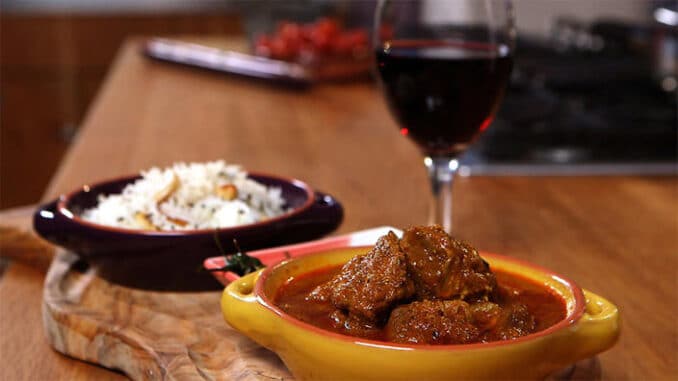
Food and drink are meant to complement each other, creating a symphony of flavors on your palate. Understanding how to pair wine, champagne, and different foods elevates your dining experience, transforming a simple meal into a delightful culinary journey.

Matching Wine, Champagne and Different Foods
Understanding the Basics:
- Food Flavor Profiles: Consider the key flavors in your dish – salty, sweet, sour, bitter, and umami (savory).
- Wine Body and Acidity: Wines come in various “body” styles, ranging from light and delicate (Pinot Noir) to full-bodied and robust (Cabernet Sauvignon). Acidity refers to the crispness or tartness of the wine.
- Champagne: Renowned for its lively bubbles and refreshing acidity, champagne pairs well with a broad range of foods due to its versatility.
Pairing Strategies:
- Complementary Pairing: Match similar flavors to create harmony. For example, pair a sweet Riesling with a spicy Thai curry, as the sweetness complements the spice.
- Contrasting Pairing: Juxtapose flavors for an exciting interplay. A crisp Sauvignon Blanc with its high acidity cuts through the richness of creamy pasta dishes.
- Weight Matching: Balance the weight of the food with the body of the wine. Lighter dishes like fish pair well with lighter-bodied wines like Pinot Grigio, while heavier dishes like steak call for full-bodied wines like Cabernet Sauvignon.
Wine and Food Pairings:
- Red Wine:
- Bold Reds (Cabernet Sauvignon, Syrah): Pair with grilled red meat, stews, and strong cheeses. Their tannins can handle the richness of these dishes.
- Medium-Bodied Reds (Pinot Noir, Merlot): Complement roasted chicken, turkey, and pasta with tomato sauce.
- Light-Bodied Reds (Beaujolais Nouveau, Gamay): Enjoy with lighter fare like charcuterie boards and grilled vegetables.
- White Wine:
- Dry White Wines (Sauvignon Blanc, Pinot Grigio): Ideal for seafood, salads, and lighter pastas. Their high acidity cuts through fat and cleanses the palate.
- Oaky White Wines (Chardonnay): Pair with richer dishes like roasted chicken, creamy pastas, and aged cheeses. Oaky notes complement creamy textures.
- Sweet White Wines (Riesling, Gewürztraminer): Enjoy with spicy Asian cuisine, foie gras, or desserts with similar sweetness levels.
- Rosé: This versatile wine bridges the gap between red and white. Dry rosés pair well with salads, grilled fish, and lighter pasta dishes. Sweeter rosés complement brunch fare like waffles or fruit salad.
Champagne’s Sparkling Versatility:
Champagne’s effervescence and acidity make it a natural pairing for many foods. Here are some ideas:
- Appetizers and Starters: Oysters, caviar, smoked salmon, and creamy cheeses are classic champagne companions.
- Main Courses: Consider lighter fish dishes, poultry, or vegetarian options.
- Desserts: Champagne’s sweetness complements fruit-based desserts or creamy pastries. Opt for a drier champagne if the dessert is already quite sweet.
Beyond the Basics:
Experimentation is key! Consider regional pairings. For example, try a Malbec from Argentina with grilled steak, or a Pinot Noir from Burgundy with roasted chicken. Explore the specific grape varietals and their unique flavor profiles. Ultimately, the best pairing is the one you enjoy the most.
Tips for a Successful Pairing:
- Consider the Overall Flavors: Think about the dominant flavors in the dish, not just the main protein.
- Start Lighter and Build: Begin with lighter-bodied wines and progress to bolder ones as the meal progresses.
- Don’t Be Afraid to Experiment: Matching food and drink is a learning experience. Try different combinations and discover what works best for your taste buds.
With these guidelines in mind, you’re well on your way to becoming a master of food and drink pairings. So, raise a glass, savor the flavors, and embark on a delicious culinary adventure!
For some awesome ideas, check out the book “The Indian Cooking Course: Techniques – Masterclasses – Ingredients – 300 Recipes“
